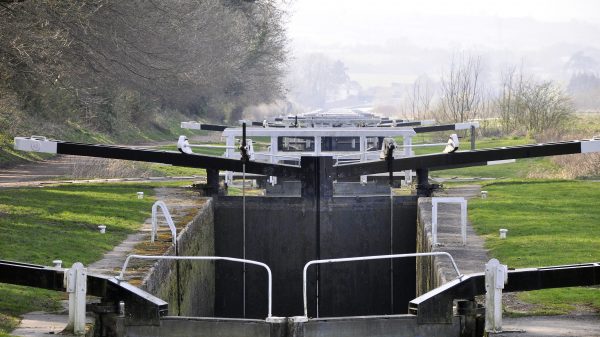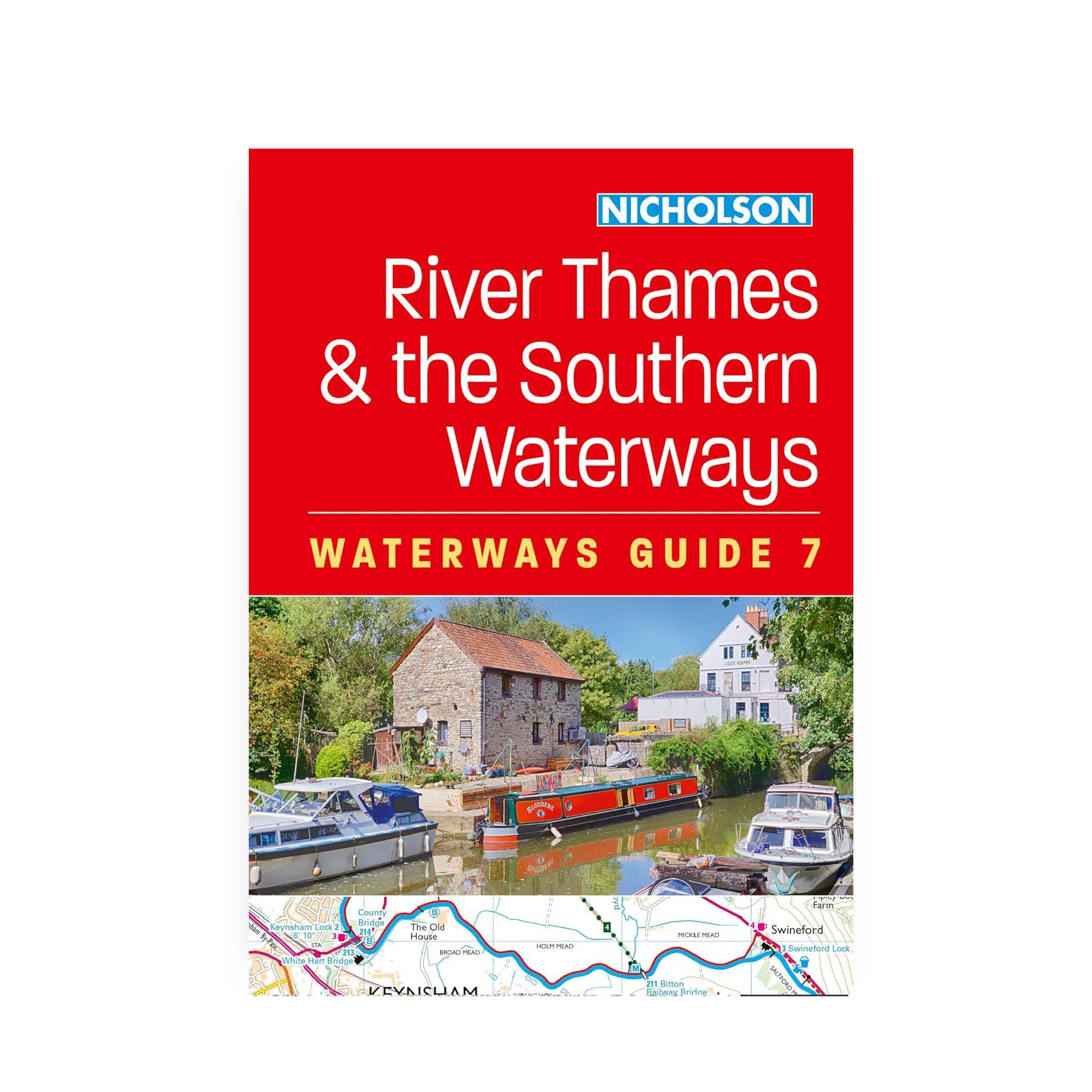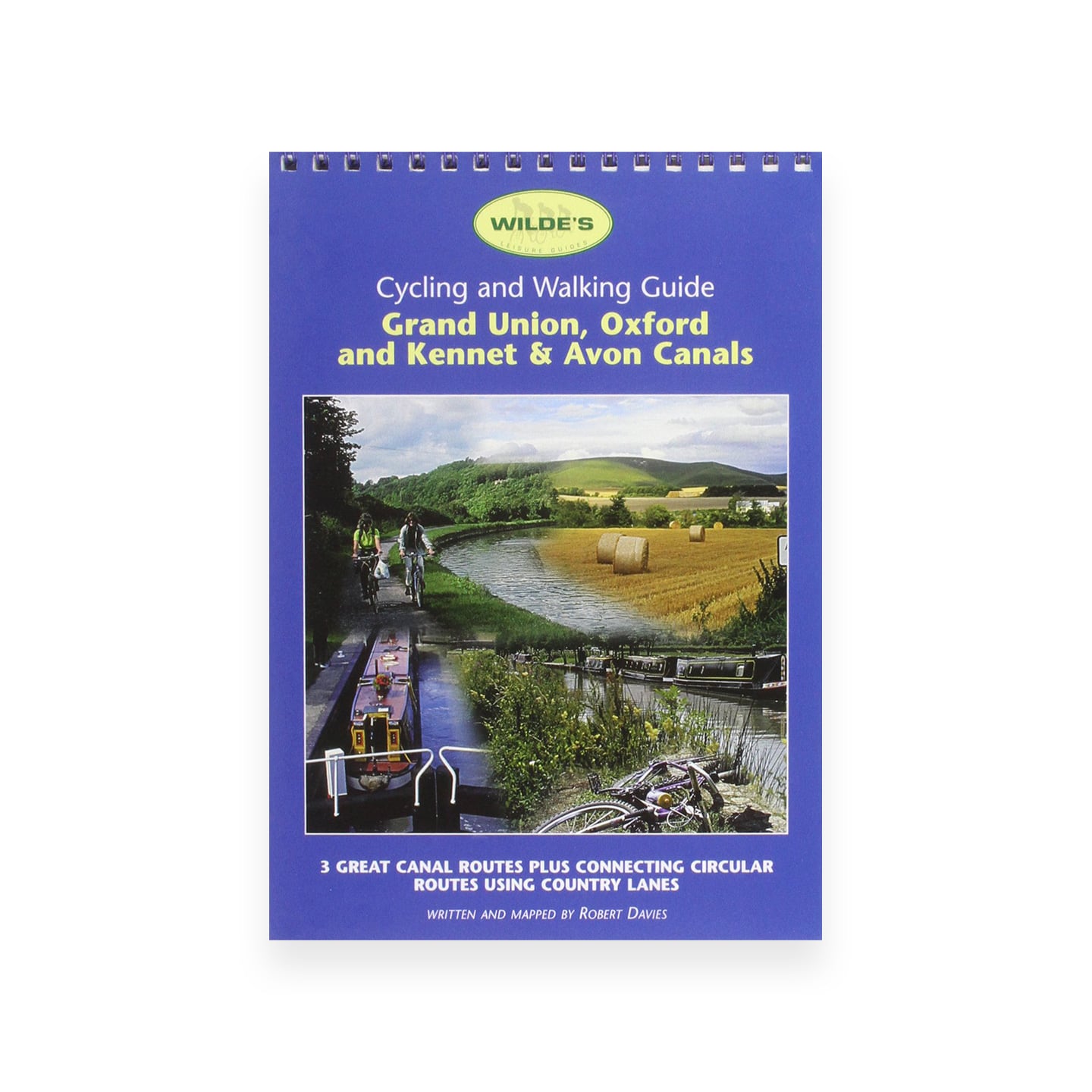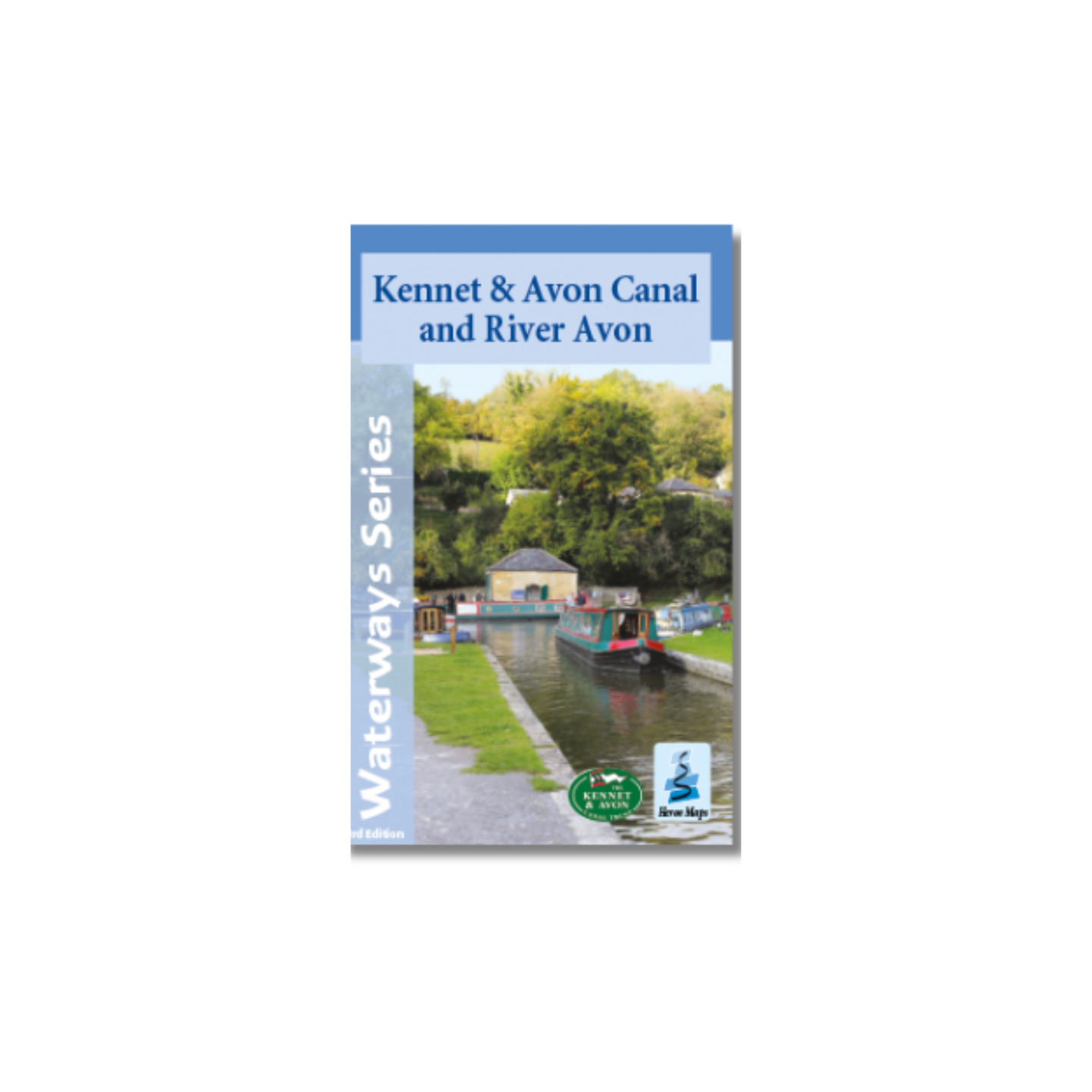Recent History and Restoration
Tom Rolt navigated the Kennet & Avon to Hungerford in March 1940 and spent 12 months there while working at Aldbourne in Wiltshire. He completed the last chapters of his book Narrow Boat while his boat, Cressy, was moored below Hungerford Lock. The canal was not used much in those days and the journey from Reading was not easy.
IWA’s first newsletter, Bulletin, published in 1946 named the Kennet & Avon as one of the canals most under threat. In January 1948, IWA founder Robert Aickman and John Gould spoke at a public meeting in Newbury about the neglect of the Kennet & Avon Canal. The charity also opposed proposals to extract more water from the river Kennet.
Since nationalisation the Railway Executive had run the former Great Western Railway waterway. They claimed that boats longer than 69 feet could not pass through the locks. They also banned boating on Saturday afternoon and Sundays. However, more boats were now using the Canal. The problems were raised in parliament by IWA member J A Sparks MP.
In November 1949, John Gould bought narrowboats Colin and Iris and started trading between Newbury and Birmingham. He was followed in February 1950 by John Knill on Columba, carrying salt between Northwich and Newbury. Their business was disrupted in May 1950 by the closure of the canal between Heales Lock and Burghfield Lock as a result of the poor condition of the locks. The Docks and Inland Waterways Executive which had issued the notice, did not seem in a hurry to carry out repairs. Questions were raised in Parliament about the closure, but this was the end of this route from Reading to Bristol for the next forty years.
In 1955, a report was issued by the Board of Survey recommending that the Kennet & Avon Canal should be abandoned, except for the river Avon section. In response, IWA advocated a National Waterway Conservancy to look after all the waterways, pointing out that it is cheaper to restore and use waterways than to eliminate them. When the new Transport Commission Bill was published at the end of the year, the Kennet & Avon Canal was the only major waterway proposed for closure.
In March 1956, the House of Commons removed the provisions to close the Kennet & Avon Canal from the Transport Bill. This was off the back of a motion proposed and seconded by two MPs who were IWA honorary members.
In 1964, with IWA’s support, the Kennet & Avon Canal Trust, (formed in 1962) started to organise restoration projects using volunteer labour.
In 1966 Sulhampstead Lock was rebuilt and a start was made on re-puddling the dry section at Limpley Stoke.
Volunteer labour continued to make its mark in 1968 with work being done on Bath Locks on the Kennet & Avon Canal also Burghfield and Sulhamsptead locks were restored and reopened. The obstruction of Bridge Street Bridge at Reading was resolved by the building of a new bridge.
In May 1974, further stretches of the Kennet & Avon Canal were reopened.
In 1978, the restoration of the canal continued to progress with the Kennet & Avon Canal Trust claiming it was possible that it could be open by 1981 or 1982. The opening was actually delivered in 1990 by H M Queen Elizabeth.
After the canal was opened there was still much work to be done to bring it up to standard, including the provision of a more secure water supply. This problem was partly addressed by a back pumping scheme on the Caen Hill locks at Devizes. The Heritage Lottery Fund made a grant of £25 million in 1996 for improvements to the canal, but despite the campaigning efforts of the Kennet & Avon Canal Trust, IWA and others, parts of the Canal still remain to to be upgraded to Cruiseway status.






